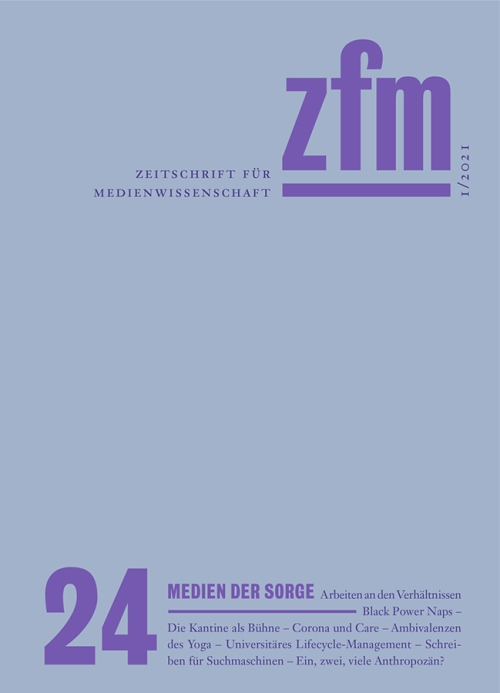PATIENT PATIENTS
Architektur als Medium der Fürsorge und Fürsprache in Investigationen von Forensic Architecture
Abstract (Deutsch)
Auf welchen therapeutischen und rechtlichen Enthüllungsversprechen beruhen die Investigationen von Forensic Architecture? Und welche Register werden in den ästhetisch-forensischen Ermittlungen und ihren medialen Inszenierungen marginalisiert? Es steht zur Debatte, inwiefern Forensic Architecture darauf abzielt, von der gerichtlichen Instanz akzeptiert zu werden und sich dabei deren Verfahrens- und Artikulationsweisen aneignet, zugleich jedoch unerwartete Handlungsmöglichkeiten entstehen lässt. Hergeleitet aus Justitias Abbildungsverbot betrifft die zentrale These den Bruch mit Darstellungskonventionen, der eine Affektübertragung auf den «patient patient» (lat.: pati = erdulden, erleiden) der Architektur als Medium der Fürsorge und Fürsprache bewirkt.
Abstract (English)
PATIENT PATIENTS: Architecture as a Medium of Care and Advocacy in Investigations of Forensic Architecture
Which therapeutic and legal promises of disclosure are the investigations of forensic architecture based upon? And which registers are marginalized in forensic-aesthetic explorations and in their media stagings? There is no agreement about the extent to which Forensic Architecture aims to be accepted by judicial institutions and thereby appropriates its methods of procedure and articulation, while allowing unexpected possibilities for action to emerge. Derived from Justitia’s prohibition of visual illustration, the central thesis of this article concerns the break with representational conventions, which causes a transfer of affect to the «patient patient» (lat.: pati = to endure, suffer) of architecture as a medium of care and advocacy.
Bevorzugte Zitationsweise:
Die Open-Access-Veröffentlichung erfolgt unter der Creative Commons-Lizenz CC BY-NC-ND 4.0 DE.
